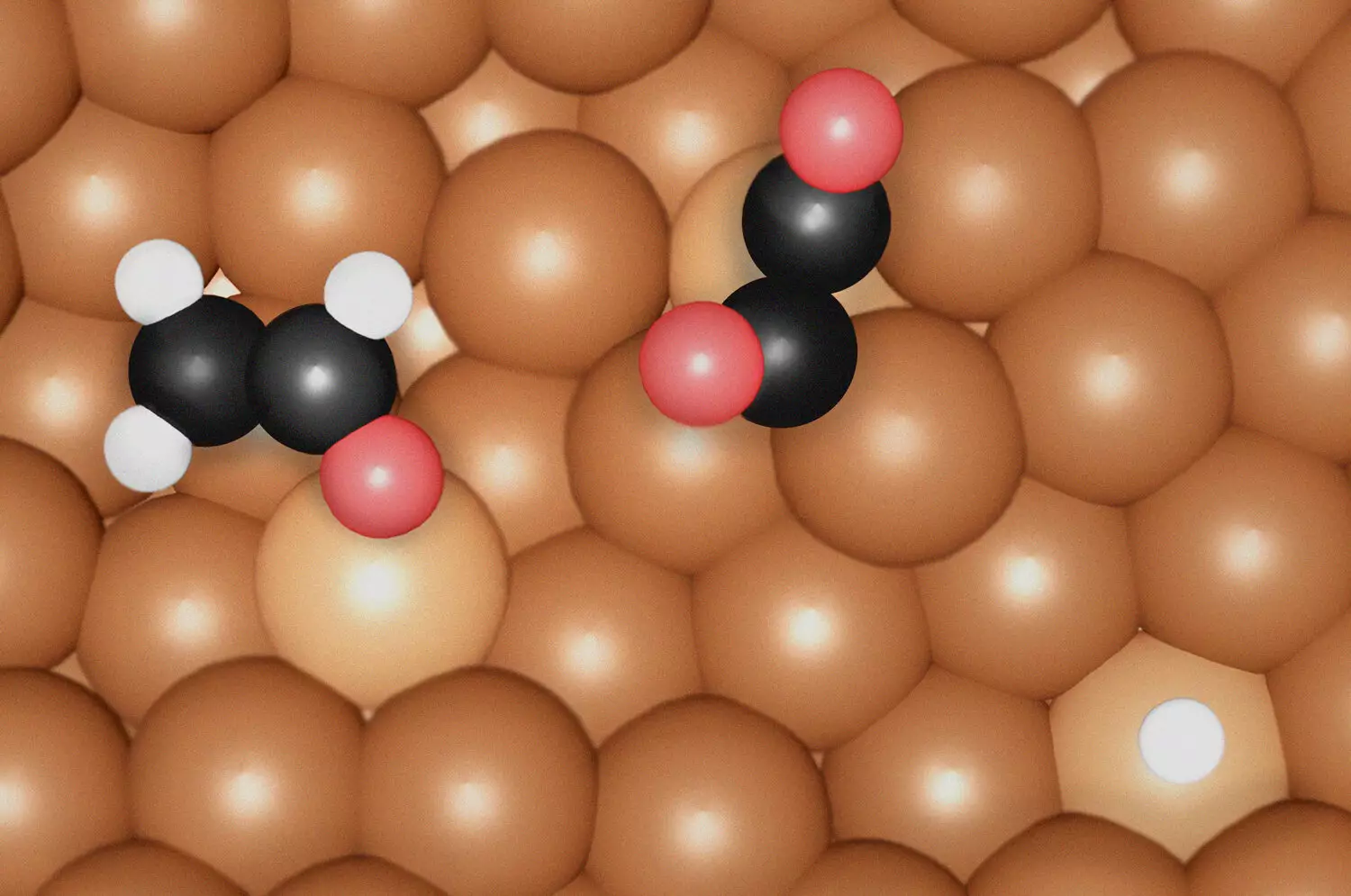Innovations in scientific research often unveil pathways for addressing some of the most pressing challenges of our time. A recent study showcases the potential of advanced spectroscopic techniques combined with rigorous theoretical analysis to unravel the complexities of converting carbon dioxide (CO2) into valuable chemical compounds, notably ethylene and ethanol. Published in the prestigious journal Nature Energy, this research is a beacon for sustainable practices within the chemical industry. By potentially closing the carbon cycle, this study represents a monumental step in the quest for reducing atmospheric CO2 through the electrochemical reduction of CO2 (CO2RR).
Despite considerable interest in CO2RR, the underlying mechanisms of this transformation had long remained ambiguous. Understanding these mechanisms is critical for the rational design of catalysts that enhance efficiency and selectivity in the production of useful chemicals. The research team, which included distinguished scientists such as Dr. Arno Bergmann and Prof. Dr. Beatriz Roldán Cuenya, employed state-of-the-art techniques like in-situ surface-enhanced Raman spectroscopy (SERS) alongside advanced density functional theory (DFT) to investigate molecular behavior on copper (Cu) electrocatalysts.
The insights gained from this study illuminate the reaction pathways and help decode how crucial intermediates interact during the reduction processes. Notably, the study identifies key intermediates such as *OC-CO(H) dimers, which play a pivotal role in the synthesis of ethylene. The nuanced interplay of these intermediates reveals the importance of not just the catalysts themselves, but also their configurational characteristics, which contribute to the overall efficiency of the reaction.
Central to the findings is the critical role of undercoordinated Cu sites in enhancing the catalytic process. Characterized by atomic-level irregularities, these active sites significantly influence the binding strength of CO, a vital step in the CO2 reduction pathway. The research suggests that these sites emerge and evolve under actual reaction conditions, reinforcing their significance in catalysis. For ethanol production, the research highlights the need for a highly compressed and distorted coordination environment on Cu sites, where the formation of the *OCHCH2 intermediate is essential.
These findings challenge previous misconceptions and illustrate how detailed understanding of the catalyst’s physical and chemical properties can lead to improved formulations. By manipulating the surface morphology of Cu catalysts, the study opens possibilities for creating more selective, efficient, and sustainable pathways in chemical manufacturing.
The collaborative nature of this research—bringing together teams from the Fritz Haber Institute and the Institute of Chemical Research of Catalonia—underscores the importance of interdisciplinary synergy in modern scientific inquiry. By blending theoretical and experimental methodologies, the researchers painted a comprehensive picture of the CO2RR landscape. This integrative approach fosters not only breakthroughs in knowledge but also practical advancements that can extend to real-world applications, ultimately pushing the limits of sustainable chemical production.
This study’s implications for the chemical industry are profound. By targeting the specific intermediates and tailoring the active sites within Cu catalysts, researchers can enhance the sustainability of processes used to convert CO2 into useful chemicals. Such advancements resonate strongly with the industry’s ongoing pursuit of reducing its carbon footprint while maintaining efficiency and economic viability.
Furthermore, the capability to transform CO2 into chemicals like ethylene and ethanol has the potential to catalyze a shift in how raw materials are sourced within the industry—transforming a greenhouse gas into fundamental building blocks for fuels and plastics presents a groundbreaking opportunity.
This pivotal research delineates critical insights into the electrochemical reduction of CO2 and elucidates mechanisms that can be leveraged to enhance the efficiency of catalyst design. The findings not only serve scientific curiosity but also address practical implications, providing a foundation upon which future research can build sustainable solutions for carbon reduction in the chemical industry. By advancing our understanding of CO2 conversion processes, researchers are truly paving the way for a more sustainable and ecologically-responsible future.

